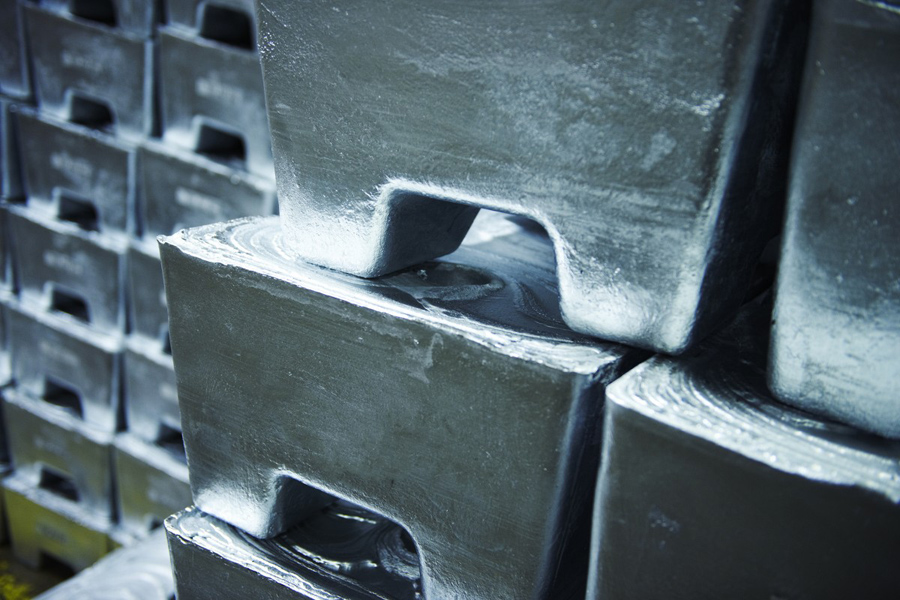
While it’s pulled back a bit since New Year, the price of copper ended 2017 near a four-year high of $3.30 a pound ($7,260 per tonne) extending the bull run in the red metal for a second year. Measured from its multi-year lows struck at the beginning of 2016, copper has gained more than 70% in value.
The rally for zinc has been even more spectacular with the metal, mainly used to galvanize steel, ending 2017 at a decade high of $3,330 a tonne. Zinc has more than doubled in value after a slump that ended around the same time copper hit bottom two years ago.
Reuters quotes investment bank Goldman Sachs as saying zinc demand looks rosy for the first half of the year while the New York-based firm prefers copper over aluminum over the longer term:
“Concern about a sharp slowdown in metals demand as the country adopts a new ‘quality over quantity’ growth model may be overblown”
“Concern about a sharp slowdown in metals demand as the country adopts a new ‘quality over quantity’ growth model may be overblown,” it said, adding that metal producers outside China are set to gain.
“Ongoing supply-side reforms and environmental cuts in China translate into higher commodity prices and less Chinese production, both of which benefit ex-China producers.”
Shipments of copper concentrate to China hit a monthly record of 1.78m tonnes in November and the tally for the year should beat last year’s record 17m tonnes.
Refined copper imports are trending down with recently released data showing cargoes are down some 5% over the first 11 months of 2017 to 4.24m tonnes compared to the same period in 2016. Full year imports in 2016 hit a record 4.94m tonnes.
Zinc is benefitting from historically tight supply with inventories in LME-approved warehouses down 70& since September 2015 to just under 181,000 tonnes. Stocks in warehouses monitored by the Shanghai Futures Exchange at 68,630 tonnes are down 65 percent since March last year according to Reuters:
“Demand growth is decent, but not spectacular from a historical perspective, which tells me this is once again a supply side issue,” said Bernstein analyst Paul Gait.
“Years of under-investment have caught up. We could see a further price acceleration in the short term, but current levels should generate sufficient capital inflows to generate new supply to meet demand.”
Chinese zinc imports jumped to above 573,000 tonnes in the first 11 months of last year, up 43% from the same period of the previous year.
2 Comments
cm
Miners should look at exploration around Morristown in the unexplored north-eastern portion of the historic mascot-Jefferson city zinc district. This district is still producing after over 100 years, the district is still wide open to the north east.
Mark
Copper & zinc must hold at a sustainable level to get investment back into these commodities. Volatility only benefits the traders and speculators but not the base sellers and end users. Short term fluctuations creates indecision from the investment market – higher cost producers move towards failsafe with care and maintenance solutions. Holding a fixed price for a 12 month period can herald a time of stability/employment/profitability in the main game, which is the mining….demand and supply are now finite numbers.